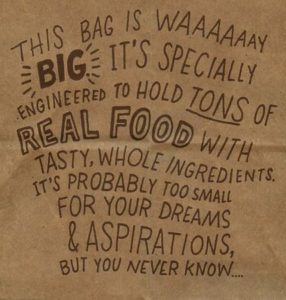I am standing on the ledge of the helicopter soaring by the side of the Empire State Building. I glance down cautiously to behold a giant man depicted flat on the ground and little specks of real humans stomping all over him. I get chills down my spine, thus I take off my Google Cardboard and I’m back in tangible reality.
With several apps like The New York Times VR app, and Vrse: Story- telling in Virtual Reality, audiences are placed in real world situations. For example, the video on Vrse titled “Clouds Over Sidra” follows a 12-year old Syrian refugee living life in the Zaatari Refugee Camp.
VR users have the opportunity to explore deep and relevant issues with Google Cardboard. But, its uses expand past pure news. Google Cardboard is additionally a form of entertainment. “Catatonic” places the viewer in a wheelchair in a mental hospital, being pushed along by one of the nurses. With surprises around each corner, “Catatonic” displays horror in the scariest way possible.
Google Cardboard has made a mark on the younger demographic. In a recent survey conducted by The Paper Tiger, of a pool of 42 Lick-Wilmerding Students, 27 students said they enjoyed Google Cardboard, and 5 students said they hadn’t tried Google Cardboard but are interested in it. With the free pair of cardboard glasses given to each online New York Times subscriber, the visual addition has appealed to teens. Charlotte Quinn ’17 received a pair of Google Cardboard goggles when her parents subscribed to the Times. She describes her experience with the product. “I don’t think Google Cardboard is necessarily a great substitute for all articles or newscasts, especially since it’s a relatively new technology, but I think it has a lot of potential to allow viewers to have a more inti- mate experience with things going on around the world. Being able to see a scene in a way that feels first-hand in certain cases certainly trumps watching it on a 2D screen or reading a description.”
Google Cardboard is a catalyst for the future of journalism, as an audience can virtually put them- selves in whatever they’re reading.







